Legionowo County
7
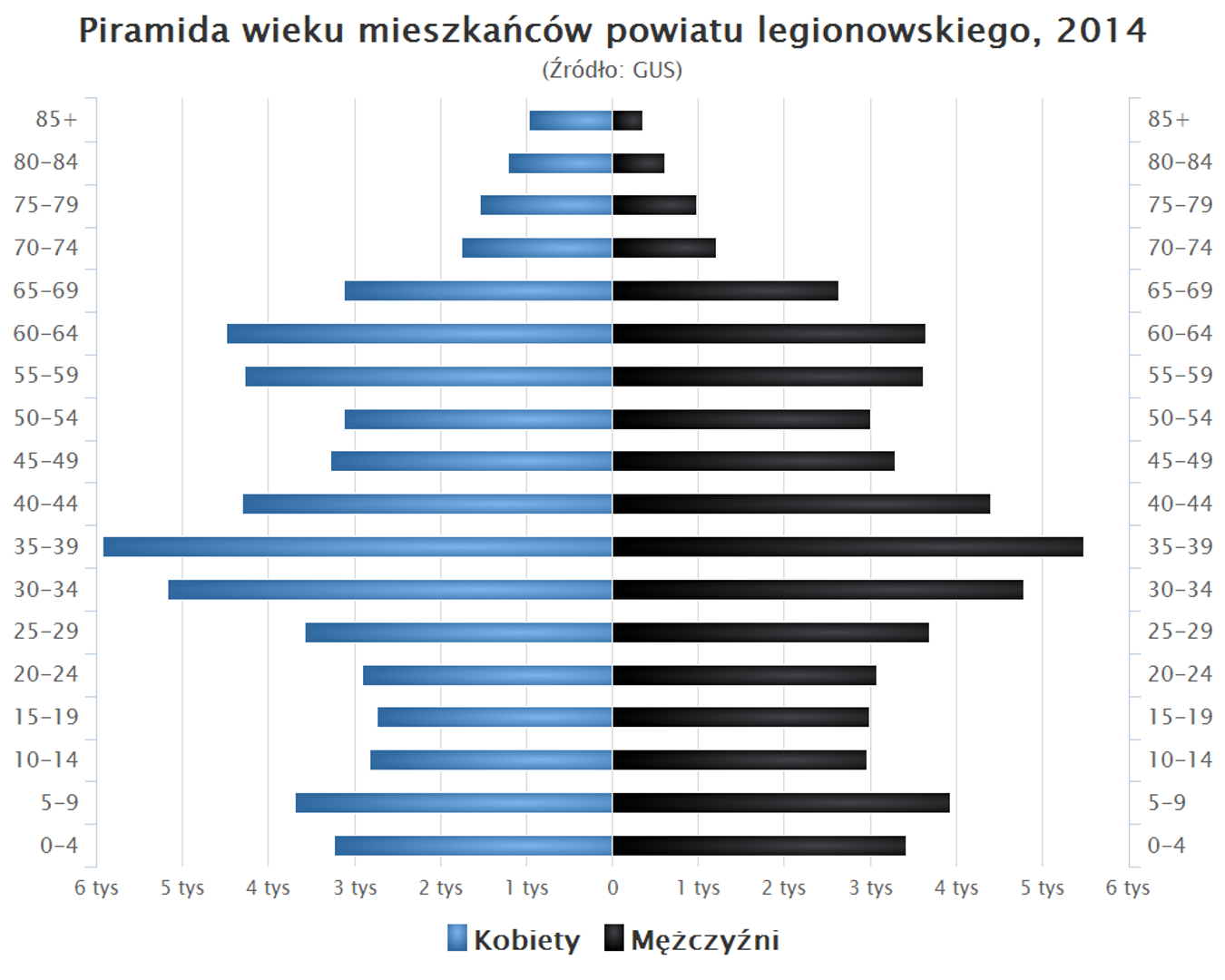
Overview
Legionowski County, established in 1999, is located in the Masovian Voivodeship, with its seat in the city of Legionowo. The county lies in the central part of the Masovian Lowland and borders Warsaw as well as several other counties. It comprises both urban and rural municipalities, such as Jabłonna, Nieporęt, and Wieliszew. According to data from June 30, 2020, the population of the county was 119,306, showing a gradual increase in inhabitants. The region features distinctive architecture, primarily associated with the development of local housing estates and public utility buildings, which gain importance due to the proximity to Warsaw. The county's culture is enriched by various local activities and organizations that integrate the community. The area boasts rich natural resources, with a significant portion falling within the Warsaw Protected Landscape Area, as well as numerous nature reserves. The main economic asset is the Zegrze Reservoir, which attracts tourists and serves as a place for relaxation and recreation. The area functions as an attractive destination both in summer for vacationers and in winter, hosting various events such as green schools. Historically, the county developed in connection with the intensive urbanization of the region, driven by migration to Warsaw in search of work, which influenced the emergence of local businesses, mainly in the service sector. In 2009, the county ranked among the top in Poland in terms of infrastructure spending, confirming its dynamic development. Interestingly, Legionowski County has repeatedly received support from local governments in environmental protection and the development of social infrastructure. Its residents have access to a well-developed transportation network, facilitating daily commutes to Warsaw and other nearby towns. It is also worth noting that the county is located along many tourist trails, attracting enthusiasts of active recreation and hiking.
Location
State
Masovian Voivodeship
Country
You can also find here:
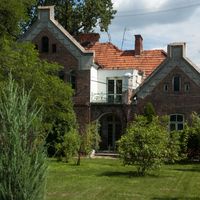
Jabłonna
8.33
Białołęka, Legionowo Deanery

Wieliszew
7.86
Nowy Dwór Deanery

Nieporet
7.44
Radzymin Deanery
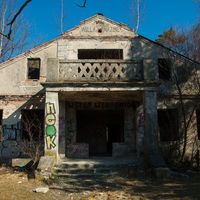
Legionowo
7.18
Białołęka, Legionowo Deanery

Jabłonna
6.97
Nowy Dwór Deanery

Zegrze Reservoir
6.73
Białołęka
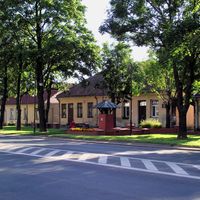
Serock
6.7
Legionowo Deanery

Legionowo Deanery
6.67
Warsaw

Serock
6.66
Radzymin Deanery
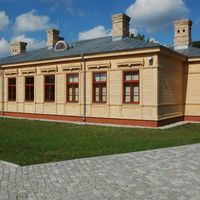
Legionowo Historical Museum
6.49
Białołęka, Legionowo
2025 Wizytor | All Rights Reserved